Want to Subscribe?
Read Corporate India and add to your Business Intelligence
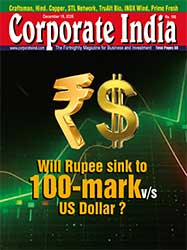
![]() Unlock Unlimited Access
Unlock Unlimited Access

Published: August 31, 2025
Updated: August 31, 2025
In its 78 years of freedom, India has traversed an arduous, as well as exciting, path of growth from a struggling, fledging economy to one which is a global economic powerhouse today. While first Prime Minister Jawaharlal Nehru had to resort to building up public industry from scratch, the 1990s miracle-maker duo of Prime Minister Narasimha Rao and Finance Minister Manmohan Singh opened up the economy and set India on the LPG (liberalising, privatising and globalising) road to take India to economic superstardom. Corporate India traces this amazing national journey and the key policies and personalities that made it possible.
As many as 78 years have been passed since the extraordinary call to the nation (see box) from our first Prime Minister, a speech which harked back to the country’s pre-independence past and looked forward to a triumphal future. The past three-quarters of a century after Nehru’s speech can – without exaggeration – be termed the most incredible era in the hoary history of India. First the Mughals and then the British sapped the country of its age-old economic strength. The country’s condition after independence was pathetic — people had no food to eat and India had to beg the US for red wheat — that was unfit for human consumption – under PL 480.
Before independence, India was economically strong. In 1700, India contributed 22.5% to the world economy, which was reduced to only 3.8% by 1952. British colonial rule had sapped India economically, while other socio-economic parameters like industry, literacy, life expectancy and healthcare were abysmally low. There were no big industries in the country, and the private sector was literally absent. Agriculture was the main economic activity but land was tilled in primitive fashion. The yield per acre for almost all crops was extremely low as compared to most other countries. Industrial units were relatively small.
It was an extremely difficult task for Nehru and his team to improve the economy which was in a shambles, as there were no funds for industrialising the country, modernising agriculture and improving standard of life of the people, while poverty was rampant. There were raw materials but no industries to use them. For example, India was growing cotton abundantly but the British rulers would export this cotton to the UK and import finished fabric to meet Indian needs. Realising the absence of industrialisation and a private sector, Nehru initiated the setting up of big industries in the public sector, choosing the socialistic path to take the economy out of the woods - a path that was innately slow.
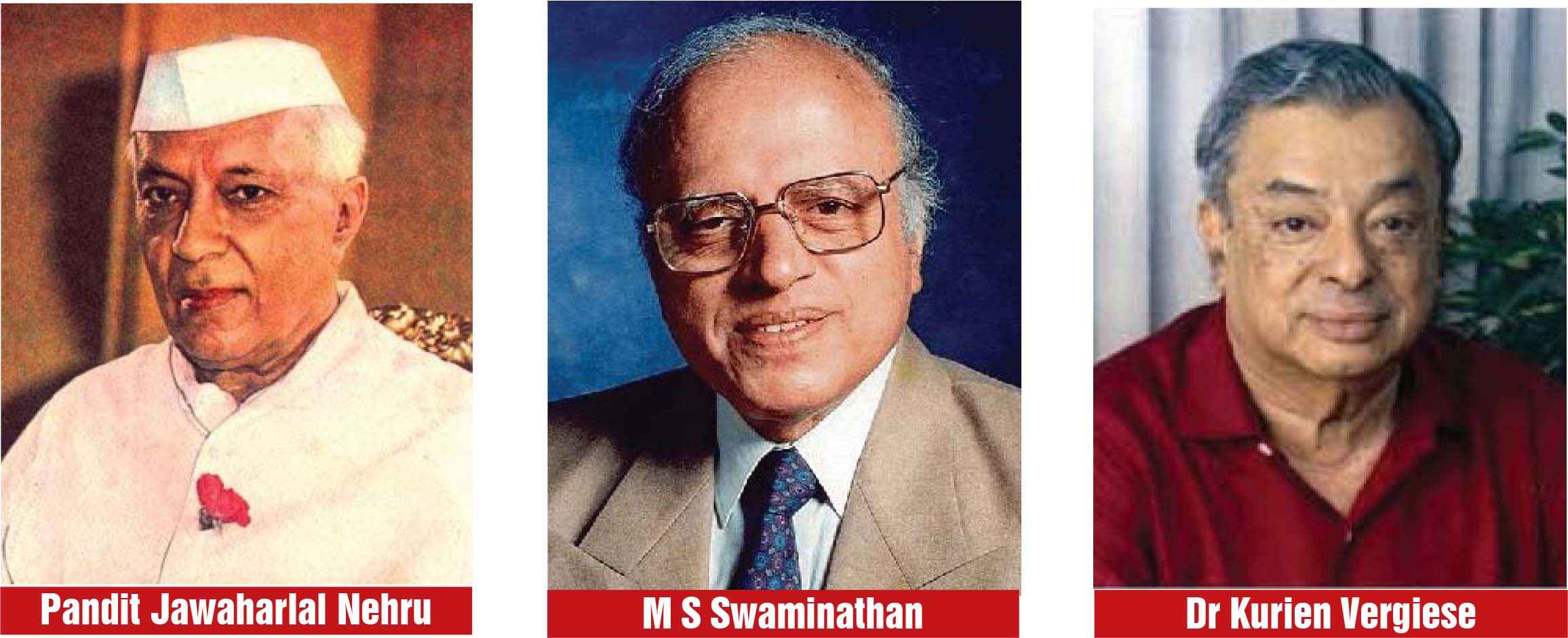
The big change came in the 1990s when Prime Minister Narasimha Rao and Finance Minister Manmohan Singh decided to move with the times and tread the path of economic liberalisation, opening the Indian economy to the world. This policy quickened India's pace of growth and it shed the 'developing nation' tag, in due course ranking as the fifth largest economy globally. Subsequently, it moved up a notch and became the fourth largest after the US, China and Germany.
Today, states like Maharashtra, Gujarat, Karnataka, Tamil Nadu, Telangana and Andhra Pradesh are humming with industrial activity. Manufacturing, mining, quarrying, electricity and gas together account for 27.6 per cent of the GDP and employ 17 per cent of the total workforce. Not only in traditional industries but also in modern sectors, the country has made rapid strides. By now, India has emerged as one of the largest manufacturers of mobile phones in the world and the top exporter of smartphones. The country is also the fourth largest manufacturer of automobiles behind China, the US and Japan.
Post liberalisation, the Indian private sector, which was usually run by oligopolies of old family firms with deep political connections, was compelled to open up in the face of foreign competition, expecially cheap Chinese imports. It has since weathered the changes by cutting costs, revamping management, designing new products and banking on low labour costs and improved technology.
The services sector, which was virtually non-existence at independence, has made rapid strides, particularly after economic liberalisation. Today, the country has emerged as the 15th globally in terms of services output. Advantageously, the services industry employs English-speaking Indian workers on the supply side. Today, India's IT industry contributes significantly to the country's balance of payments. Notwithstanding the current global economic slowdown which has hit India's GDP growth, the country is still the fastest growing economy in the world.
In short, during the post-independence period, India has come a long way on most growth parameters. As a result, from just Rs 1.95 lakh crore in 1947, the country's GDP has shot up to Rs 158 lakh crore today. What is more, if its current pace of growth is maintained, the Indian economy in the next 6-7 years is set to overtake the UK and Germany and emerge as the third largest economy globally after the US and China.
As India marks the 78th anniversary of shaking off its colonial shackles and emerging as a free, independent nation, it is worth highlighting the tremendous progress made in various fields, including agriculture, industry, technology, education, sports, space, cinema and the overall standard of living. This incredible transformation can be attributed to various 'revolutions; which lifted a poor, under-developed country to the level of a modern, developed nation.

Before independence, India was a poor country with millions of people finding it difficult to eat even two meals a day. In fact, food production was far short of our requirements. The Green Revolution, the brainchild of Norman Borlaug, was initiated in India by noted agricultural scientist MS Swaminathan, who is widely regarded as the Father of
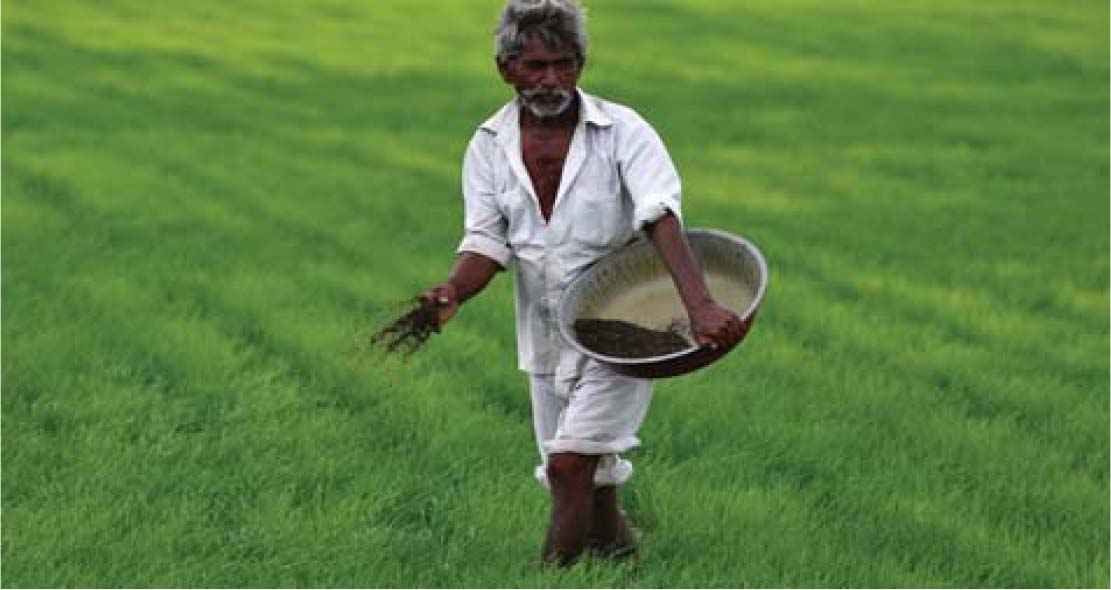
the Green Revolution in India. Under its aegis, agriculture in India was converted into a modern industrial system with the use of high-yielding variety (HYV) seeds and the adoption of mechanised farm tools, irrigation facilities, fertilisers and pesticides. Under the leadership of Prime Ministers Lal Bahadur Shastri and Indira Gandhi, the Green Revolution, which commenced in 1968, led to a substantial increase in foodgrains production, especially in Punjab, Haryana and Uttar Pradesh, and subsequently spread throughout the country.
The Green Revolution, almost miraculously, resulted in a bumper increase in the production of foodgrains - especially wheat and rice - and made the country self-sufficient in cereals, putting an end to India's dependence on inferior-quality US wheat under PL-480 at the time of independence. (In the US, this wheat was being used to feed animals). Thanks to the Green Revolution, a country which was literally starving on account of a food shortage could become not only self-sufficient but today has emerged as an exporter of foodgrains.
After the Green Revolution came the White Revolution, which was known as Operation Flood. In 1970, the National Dairy Development Board initiated this landmark project under the guidance of far-sighted social entrepreneur Verghese Kurien, who was aptly nicknamed the Father of the White Revolution. The revolution went on to make India the world's largest milk producer in 1998, from being a milk-deficient country at the time of independence. Thanks to the White Revolution, milk production in India shot up from just 15 million tonnes at the time of independence to 225 million tonnes today. The White Revolution, which transformed India from a milk-deficient nation to the world's largest milk producer -

(Midnight of August 14, 1947)
“Many scores of years ago we made a tryst with destiny, and now the time comes when we shall redeem our pledge, not wholly or in full measure, but very substantially. At the stroke of the midnight hour, when the world sleeps, India will awake to life and freedom. A moment comes, which comes but rarely in history, when we step out from the old to the new, when an age ends, and when the soul of a nation, long suppressed, finds utterance. It is fitting that at this solemn moment, we take the pledge of dedication to the service of India and her people and to the still larger cause of humanity. At the dawn of history, India started on her unending quest, and trackless centuries are filled with her striving and grandeur of her success and failures. Through good and ill fortune alike, she has never lost sight of that quest, forgotten the ideals which gave her strength. We end today a period of misfortunes and India discovers herself again. The achievement we celebrate today is but a step, an opening of opportunity to the greater triumphs and achievements that await us. Are we brave enough and wise enough to grasp this opportunity and accept the challenge of the future?”
accounting for 22.29 per cent of global milk output (2018) - doubled the milk available per person in India and in the process made dairy farming India's largest self-sustaining industry, raising farmers' incomes and improving the standard of living of the rural population. The revolution, which promoted Jersey cows and initiated the manufacture of skimmed milk powder from buffalo milk, led to the creation of a milk grid linking producers throughout India to consumers in over 700 cities and towns
When India got freedom from the British yoke, the country was left with an overwhelming number of people who could not read or write. Just about 2 in 10 Indians were literate back on August 15, 1947. Even as the overall literacy rate in the country was poor at just 18 per cent, the female literacy rate was abysmally poor at 8.86 per cent. During the last 77 years, the situation has reversed, with the literacy rate shooting up from just 18 per cent to 79 per cent. Indeed, India has come a long way in becoming a well- educated nation. The number of schools in the country, which was just 1.4 lakh on August 15, 1947, has surged to over 15 lakh. The number of universities, which was just 25 in 1947, has gone up to around 1,120 and the number of colleges has shot up from 575 to over 44,000.

According to government data, student enrolment has grown by 15 per cent and female enrolment in higher education has increased by 20 per cent. As with primary, secondary and higher education, medical education too has expanded to accommodate more students and cater to the growing healthcare needs of the country. At the time of independence, India had all of 25 medical colleges. By now, the number has reached 750, including 400 government and semi-government colleges, AIIMS and general university institutions, 55 deemed universities and the remaining being private medical colleges. The number of MBBS seats has crossed the 1,00,000 mark. Needless to say, the number of doctors in the country has grown phenomenally since 1947 - from just over 61,000 to over 4.75 lakh at present. Apart from allopathic doctors, there are also 6.25 lakh Ayush doctors.
Till 1947, India was primarily an old-style agrarian country and the number of industrial factories could be counted on the fingers of one hand. Realising that the government would have to take the lead in building an industrialised India, Prime Minister Jawaharlal Nehru initiated the setting up of industrial plants in the public (government) sector, and encouraged the private sector to set up plants in select sectors. Thus were created giant steel, engineering, defence and other industries, laying a strong foundation for an industrial India. Later, in the early 1990s, Prime Minister Narasimha Rao and Finance Minister Manmohan Singh initiated economic liberalisation, opening up the Indian economy. This radical policy change paved the way for achieving rapid economic growth. The outcome? The GDP growth rate moved out of the crush of 3 per cent - popularly known as the Hindu rate of growth - and moved towards double-digit growth, with India breaking the manacles of a poor, developing country and getting catapulted to the coveted league of fast-developing economies. Within the next three decades, India was hailed as the fastest growing economy in the world. Today, the government has set itself the target of making India a developed, industrialised nation by 2047.
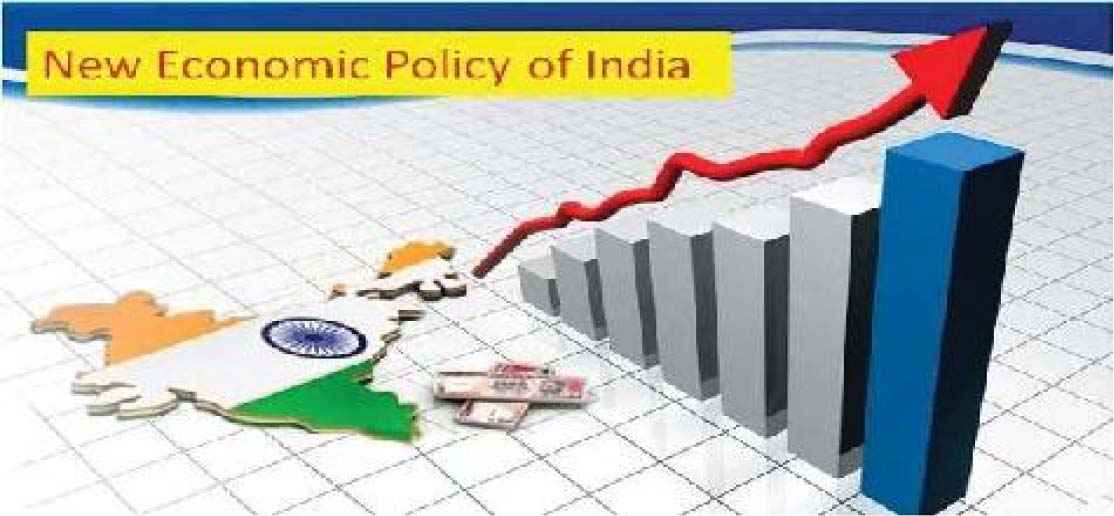
The space revolution has raised the country's stature globally. It was in 1962 that the first space research and development agency was set up. Later named Indian Space Research Organisation (ISRO), it was headed by Dr Vikram Sarabhai who is considered the father of the Indian space revolution. Today, ISRO has emerged as the world's largest maker of remote-sensing satellites and operates the GAGAN and IRNSS satellite navigation systems. It has sent three missions to the Moon and one to Mars. ISRO is primarily responsible for spacebased operations, space exploration, international space cooperation and the development of related technologies. ISRO built India's first satellite, Aryabhata, which was launched by the Soviet space agency Interkosmos in 1975. In 1980, ISRO launched satellite RS-1 on board the SLV-3, making India only the seventh country to undertake an orbiter launch.
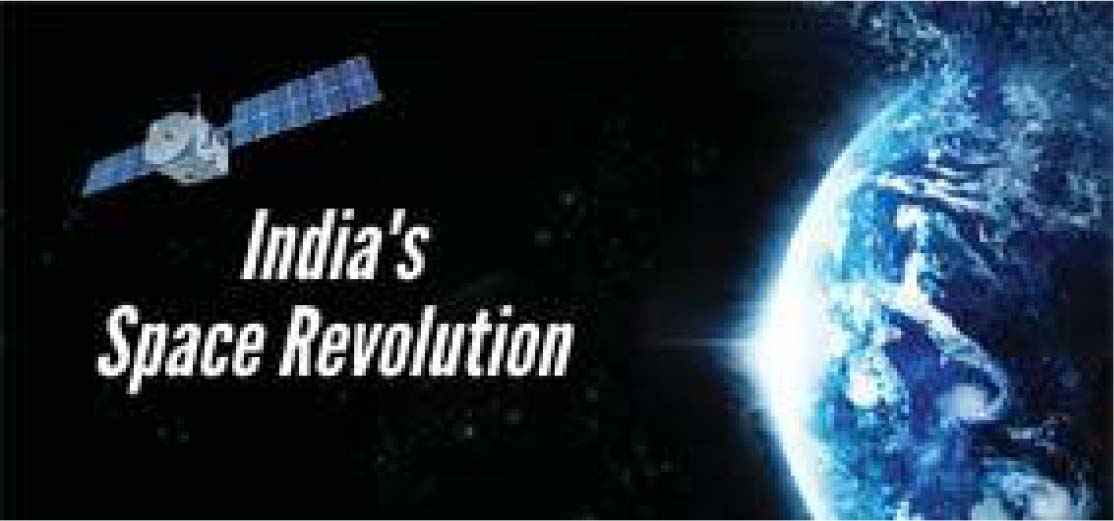
The present government has opened up the space segment for the private sector. As per the government's plan, private parties will soon be able to launch rockets and conduct commercial space activities with the authorisation and supervision of the government. Activities such as asteroid mining, earth observation, space tourism, satellite launches, deep space exploration and satellite internet will be drivers of the new space economy. Around half a dozen Indian companies are keen to enter this unexplored world.
The roadways revolution has contributed significantly in shaping India's landscape and propelling it towards a brighter tomorrow. Just after independence - in 1950 to be exact - the country had, as per government figures, only 4 lakh km of roadways. That figure is today over 7 million km, suggesting an over 17-fold spurt in the total length of roadways, and making India's road network the second largest in the world. At the forefront of this paradigm shift stands the National Highway Authority of India, established in 1988-89. NHAI, which is a beacon of innovation and sustainability in road construction, adopted ambitious plans to develop national roadways, which constitute a significant step forward in the country's modernisation. By spearheading the construction of cutting edge, highspeed, access-controlled roadways, the nation aims to lay the foundation for a globally acclaimed transportation network by 2037.

India's IT revolution has had a significant impact on the country's economy and has opened up new possibilities for social and economic transformation. The revolution, which started in the 1980s, has generated revenues of $ 254 billion in fiscal 2024. The industry, which employs 5.4 million people, has burnished the image of India, which is now known as a country of brilliant engineers. The IT revolution was effectively born in 1967 with the establishment of Tata Consultancy Services (TCS), a company belonging to the illustrious House of Tata, which subsequently joined hands with Burroughs, which in turn led to the beginning of India's export of IT services. In 1973, India's first software export zone, SEEPZ, was established. During the 1980s, almost 80 per cent of the country's IT exports were from SEEPZ. The Indian IT industry comprises IT services and business process outsourcing (BPO). Today, the share of the ITBPO sector in the country's GDP is 7.6 per cent. After inception in the 1980s, the IT industry has gone from strength to strength with exports shooting up from $ 3.5 million in 1980 to over $ 100 billion now.

Back in 1985, when the first satellite link was established at the new Indian operations of Texas Instruments in Bengaluru, very few would have bet that it would herald a revolution in India's economic growth story. It is now well-acknowledged that the IT industry can and does play a key role in ensuring that the country is able to realise its dream of being an economic superpower. That first satellite not only helped the MNC have a round-the-clock communication link with its US headquarters but also showcased the potential of what could be done remotely, using the nascent but growing technologies. India's being ahead of main Western markets like the US, Canada and Europe by almost 10-12 hours on the clock was initially seen as a handicap, but the local IT industry converted that into an advantage by following the 'sun' model. For instance, as the US operations of multinationals ended for the day, their Indian partners took up the baton to take work further, only to hand it back to the American counterparts the next day. This continuous cycle vastly improved competitiveness, deliverable timelines and efficiencies. This, coupled with the abundant pool of technical talent available at low cost, powered the initial success of the Indian IT industry.
There was an acute shortage of power in the country when India got independence. The total installed capacity in 1947 was 1,362 Gwh, which was not sufficient for even the big cities, not to talk of around 6 lakh villages. Today, the total installed capacity has skyrocketed to around 4,00,000 Gwh. According to official sources, electricity access which was less than 30 per cent in 1947 has surged to 99.60 per cent by now. Rural India was totally in the dark and managing with lanterns! According to the Ministry of Power, only 3,061 villages out of a total of 5,97,464 villages had access to electricity in 1950. If government figures are to be believed, today all villages in the country have been electrified. However, given the criteria to declare a village electrified - 10 per cent of households in a village having access to electricity -- there are still millions who live without electricity. As providing rural India with access to electricity has been one of the goals of India's socio-economic policy making since independence, the day is not far off when the entire country will be electrified.
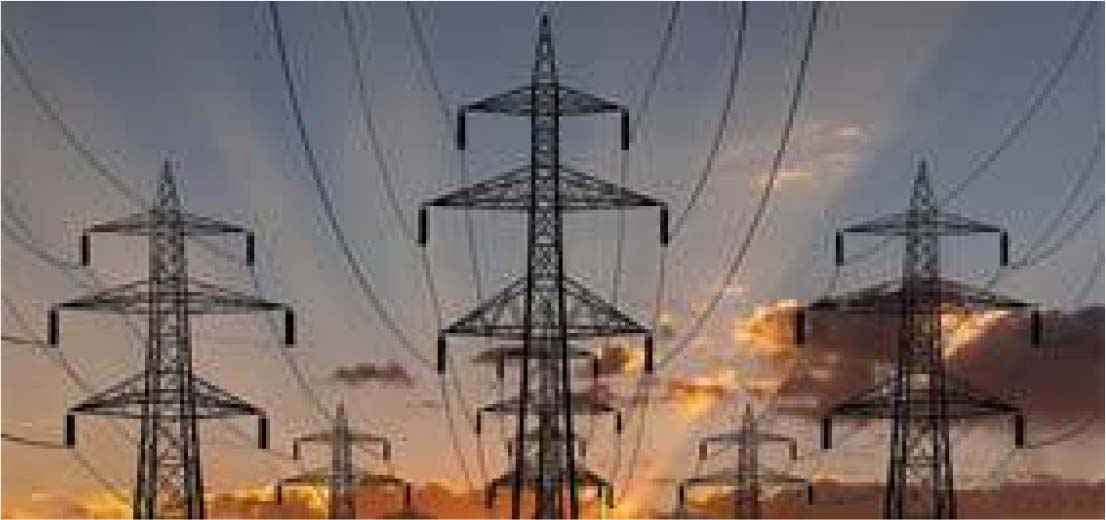
The electrification revolution has contributed significantly in economic, social and educational fields, enabling people to improve their standard of living. All these revolutions -- green, white, literary, economic policy, IT, rail & road, electrification and space research -- have gone a long way in changing the shape, size and status of the country. From acute shortages of food, milk, electricity and transportation facilities, the country is today enjoying an abundance of all these.
Today, with India commemorating the just-concluded 79th Independence Day after 78 years of freedom, the nation stands at a critical juncture in its economic journey. The global economy slowdown on account of prolonged geopolitical tensions, the tariff tremors set off by US President Donald Trump, the disturbed political situation in the country due to persistent Opposition allegations of 'vote theft' by the ruling party, a rising inflationary price spiral adverse and rising unemployment are casting shadows nationwide.
The Modi government is being widely accused by detractors of focusing on political brownie points instead of paying attention to urgent economic issues. Earlier economic policy decisions like demonetisation in 2016 played havoc with dayto-day economic activity as several small and medium establishments were forced to down shutters, throwing thousands of people out of work in the process. The government is also seen as lagging behind in solving burning economic issues like inflation and unemployment. As a result, the Indian stock market sentiment has been adversely affected and stock prices are currently moving aimlessly with a downward inclination. At the present juncture, it seems only Nature is on the side of the nation, as bumper and well-distributed monsoon rains continue to shower their blessings on an agriculture-powered India.

December 15, 2025 - First Issue

Industry Review

Want to Subscribe?
Read Corporate India and add to your Business Intelligence

![]() Unlock Unlimited Access
Unlock Unlimited Access
Lighter Vein

Popular Stories
Archives
